India – Monsooned
£10.25 – £40.46 — or subscribe and save 8%
Located in one of India’s primary coffee-growing regions, Karnataka, sits the foothills of Baba Budan. The hills of Baba Budan make up part of the Western Ghats, a 1,600km mountain range rich in flora and fauna and well known for being a biodiversity hotspot. In particular, the town of Chikmagalur, where this coffee is from, is home to several natural streams, allowing the area to support a rich ecosystem.
Coffee production in the region is conducted in a way as to not harm the wide variety of plants and animals found here. In the estates of Chikmagalur, coffee is shade-grown, most commonly under three tiers of tree canopies. This technique helps to protect the coffee plants from much needed shade from too much direct sunlight, as well as also allowing the surrounding ecosystem to continue to flourish.
‘Monsooning’ is a process unique to India, with a lengthy history and producing a distinctive, potent cup. It dates back to coffee farming under British colonial rule when during the several months that it took to ship green coffee from India to Europe, the humidity and sea winds caused the beans to swell and age. These days coffee is first selectively handpicked before being sorted for quality. Next, the coffee cherry is first dried via the natural process. The coffee cherry is placed on patios and slowly sun-dried for 6 hours a day, over 11 days. This slow drying method helps to allow for the retention of the coffee’s quality and flavour. Once dried, the coffee cherry is milled, ready to begin the monsoon process.
To create the ‘monsooned’ crop, natural sun-dried green coffee is stored in open-sided warehouses on the coast, in this case in Mangalore, allowing moist tropical air from the monsoon winds to blow through the storage area. Over a 2 to 3 month period, the beans absorb moisture, lose a degree of their natural acidity and swell to around double their original size, becoming brittle and pale. The process starts when the monsoon season begins in June/July and is usually completed by the end of October. The result is an earthy, pungent, low acidity cup, which is often used to add body and weight to fine espresso blends.
Taste: Chocolate, Tobacco, Walnut
Roast: Medium
Strength: 1 | 2 | 3 | 4 | 5
You may also like…
-
AeroPress Coffee Maker
£34.95 -
Hario Cold Brew Coffee Jug – 1L Moca
£22.00 -
Hario V60 Dripper Set
£10.75Make a delicious cup of coffee with this Hario V60 Dripper.
-
12oz Circular&co Cup – Black/Mustard
£14.95Drink your coffee on the go and help reducing waste!



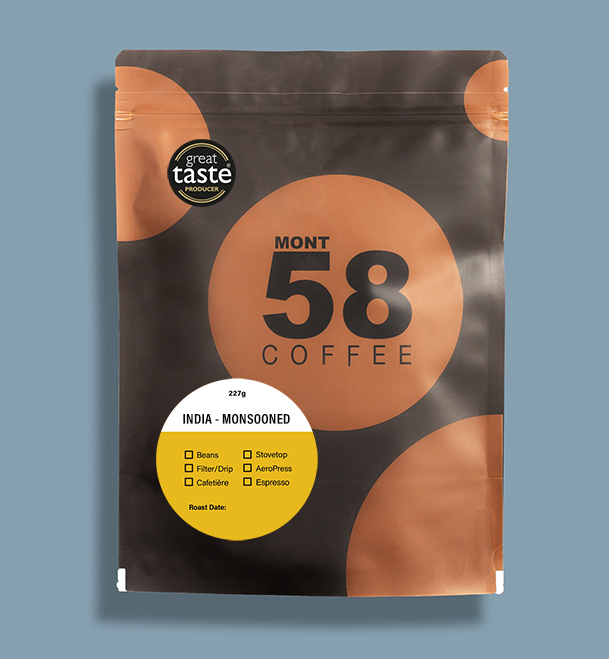

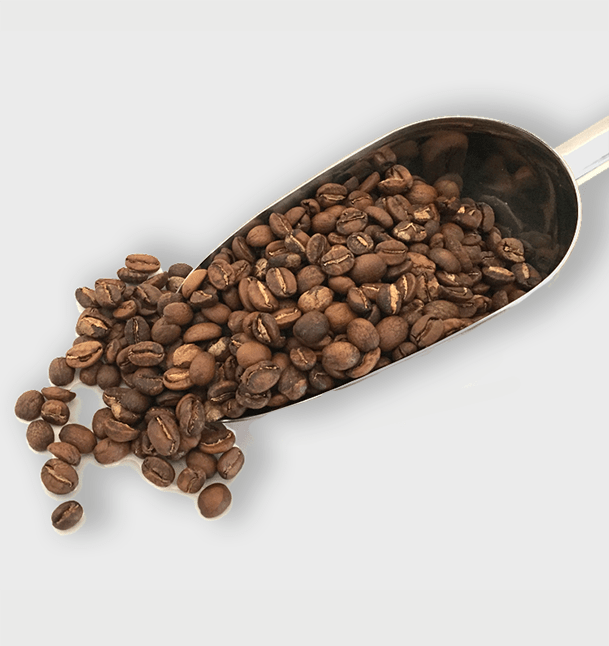
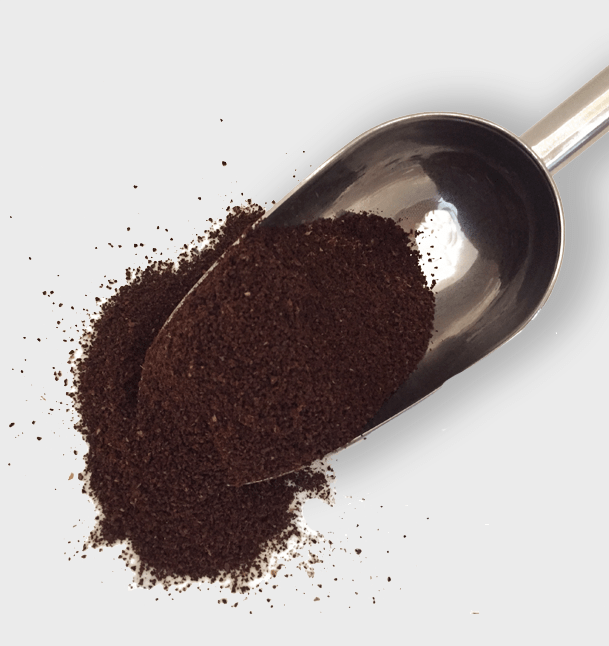

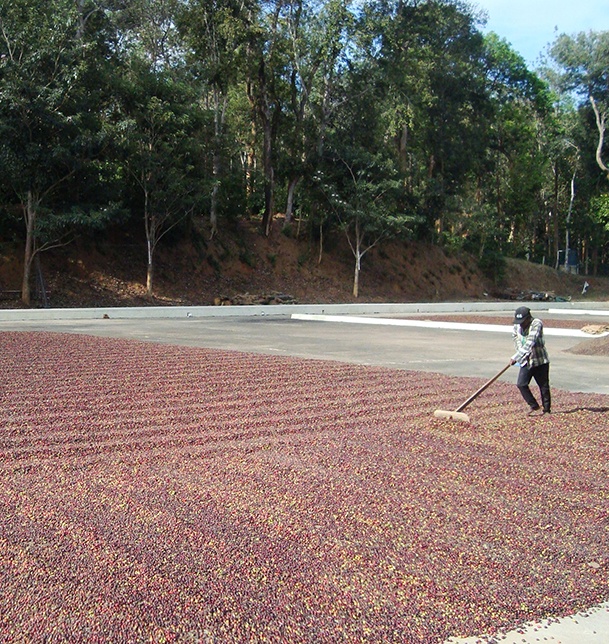
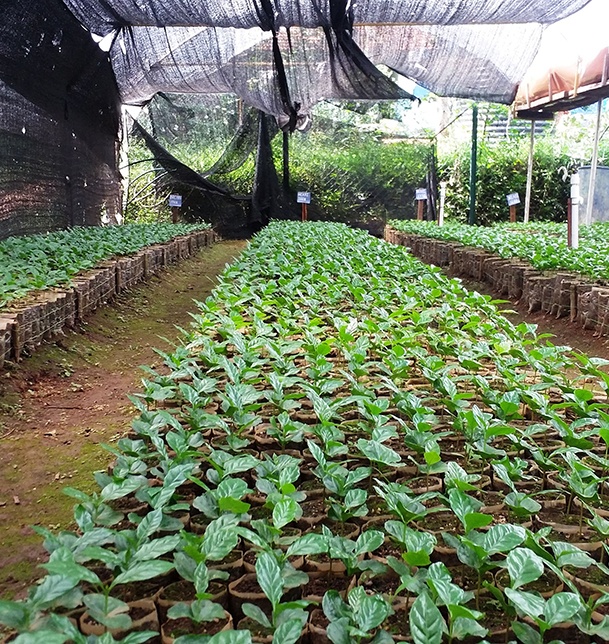
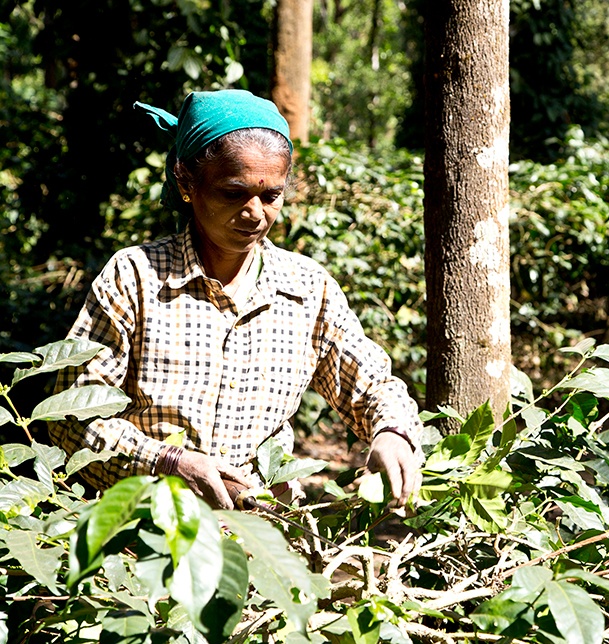
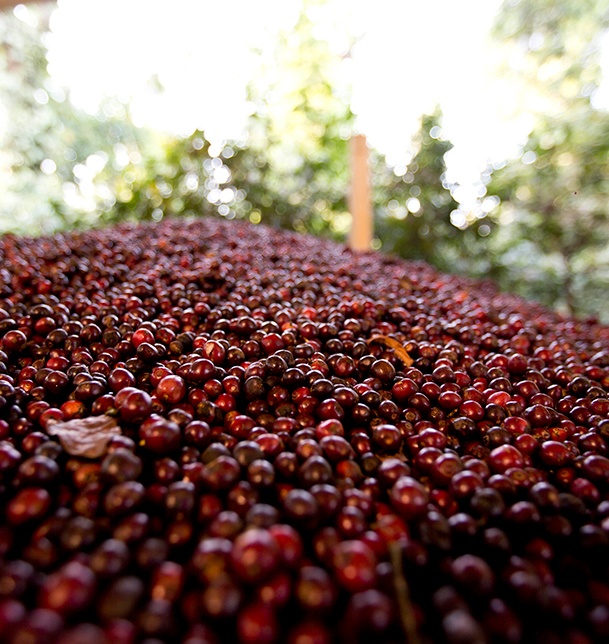

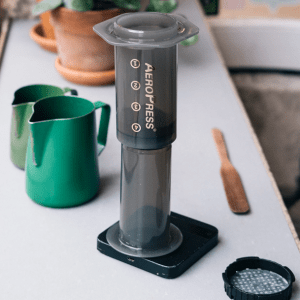
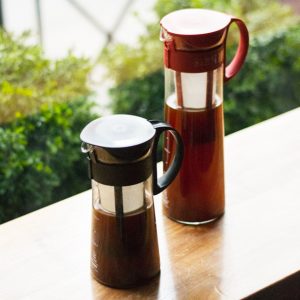
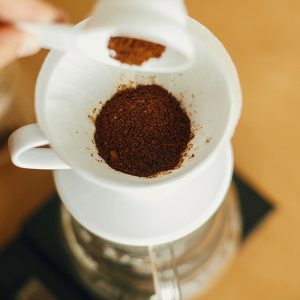

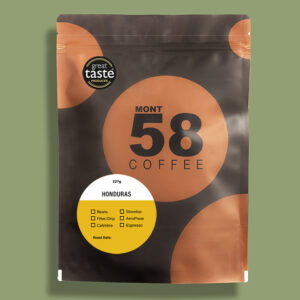
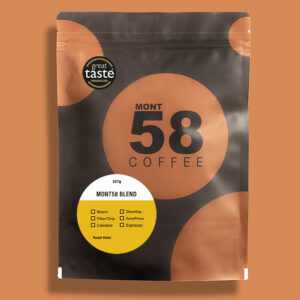
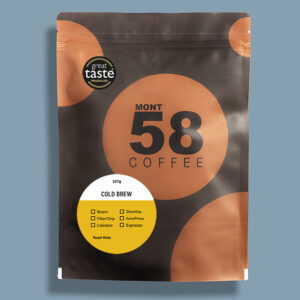

 Free Circular & Co Reusable Cup
Free Circular & Co Reusable Cup